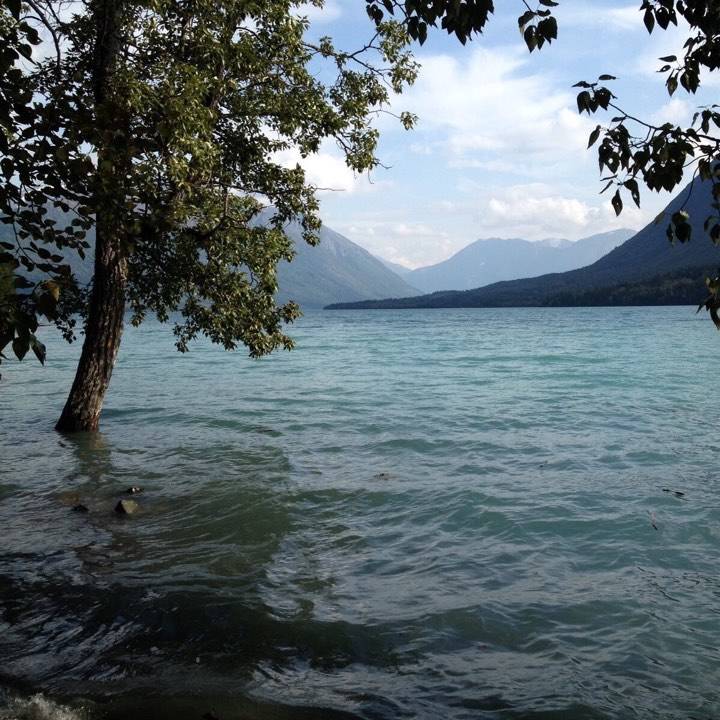Flood advisories for the Kenai River and Kenai Lake, which includes areas from Cooper Landing to Skilak Lake, were canceled Monday.
The glacier-dammed lake event has ended and waters in Kenai Lake are falling, according to a National Weather Service advisory issued Monday morning. Small rises along the western Kenai River are still anticipated, but are not expected to reach flood stage.
Flooding was due to the Snow Glacier dammed lake releasing, located in the headwaters of the Snow River near Moose Pass, which is an outburst event that occurs every couple of years, according to a Friday Kenai Peninsula Borough release. The event is known as jökulhlaup, an Icelandic term describing a sudden water release from glaciers or glacier-dammed lakes.
Snow River flooding has also affected Alaska Railroad operations on the peninsula. The railroad stopped running trains between Moose Pass and Seward last week and will likely not restart service until at least Thursday.
Stephanie Wheeler, Alaska Railroad regional communications officer, said the railroad was able to access damages and found several areas of washout. She said crews are repairing the track now and service may resume later this week.
The Snow River flows from an 8-mile-long glacier in the Kenai mountains. The glacier dams a side valley that fills with rainwater and snowmelt that forms a lake half a mile long and up to 450 feet deep, according to information provided by the Chugach National Forest. When the lake fills up, water will flow through a main drainage under the glacier. The lake flow takes a week or two to drain, before the empty channel is crushed by the weight of the glacier and the dammed lake begins to fill again.
Snow River jökulhlaups have been recorded since 1949, and releases its water every two to four years. Jökulhlaups on the Snow River are of special concern because the flood waters may impact residential and commercial developments on Kenai Lake and the Upper Kenai River.
“Records show that jökulhlaups have produced floods on Snow River twice the size of the biggest rainfall floors and four times the size of the largest snowmelt floods,” according to the Chugach National Forest information guide on jökulhlaups.
The lake typically releases in the fall, and last released in September 2017. The 2019 impacts are expected to match the levels of the 2017 event.

